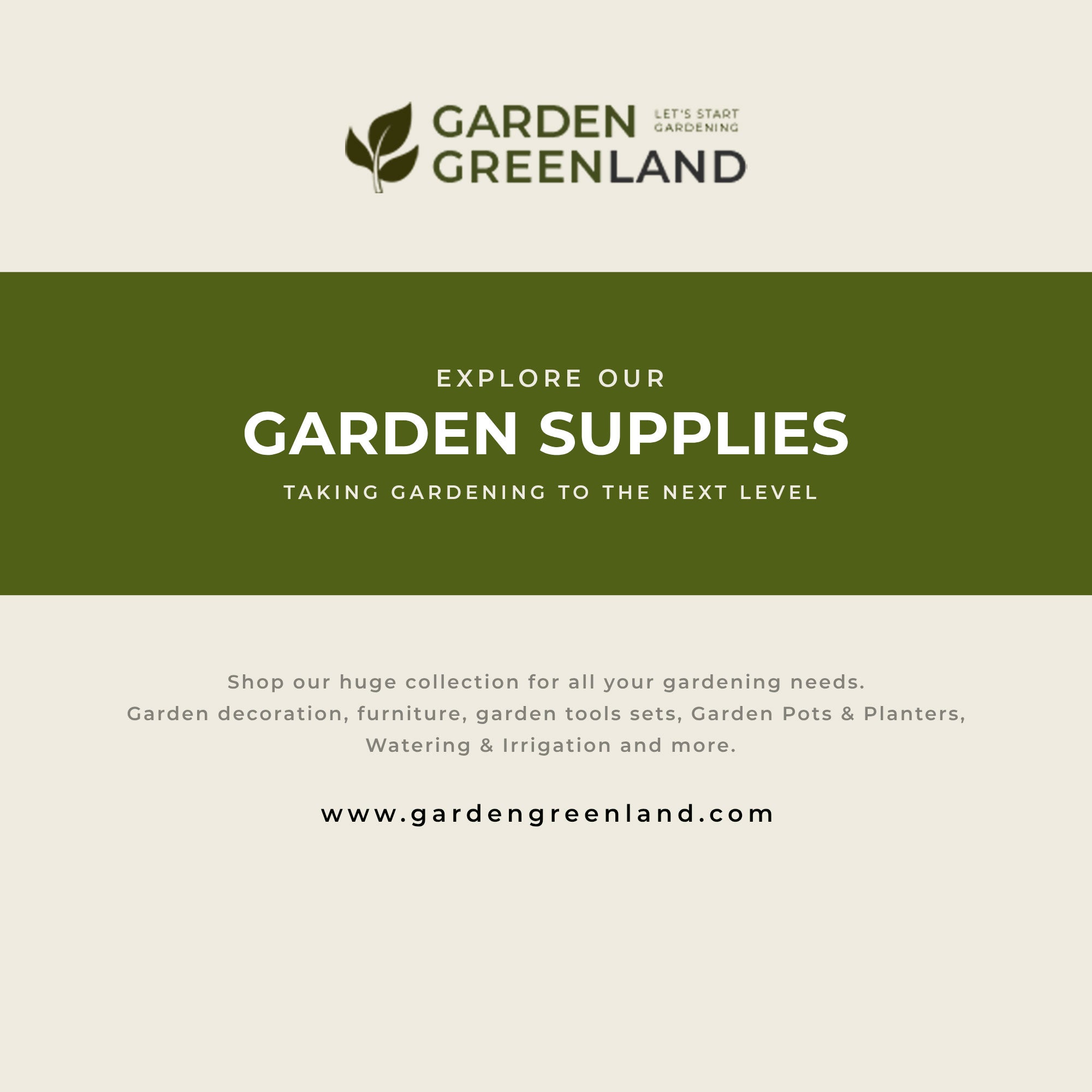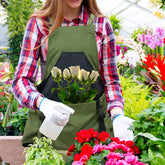What Can I Grow in a 10 Gallon Grow Bag? Your Ultimate Guide
Table of Contents
- Introduction
- Understanding Grow Bags
- What Can You Grow in a 10 Gallon Grow Bag?
- Tips for Successful Gardening in Grow Bags
- Conclusion
- FAQ
Gardening is more than just a hobby; it’s a way to connect with nature and nurture our surroundings. As we strive to cultivate our green spaces, grow bags have emerged as an innovative solution for both novice and experienced gardeners. If you’ve ever wondered, “What can I grow in a 10-gallon grow bag?” you’re in the right place. Here, we will explore the versatility of 10-gallon grow bags, discussing what you can grow, the benefits of using grow bags, and tips on how to maximize your gardening success.
Introduction
Did you know that the global urban population is expected to reach 68% by 2050? This shift emphasizes the need for efficient and adaptable gardening solutions that cater to limited spaces. Enter grow bags! These portable, breathable containers are revolutionizing the way we approach gardening, especially in urban environments where space is a premium.
At Garden Greenland, we are passionate about redefining the home gardening experience. Our journey began with a commitment to quality, integrity, and customer satisfaction, and we believe that everyone deserves to feel connected to nature. With our premium gardening products, we empower you to embrace your green thumb, allowing you to grow your dream garden effortlessly.
In this blog post, we will delve into the various plants suitable for 10-gallon grow bags, the advantages of using these bags, and the essential tips and techniques for successful gardening. By the end, you will have a comprehensive understanding of how to make the most of your grow bags while enhancing your gardening experience.
Understanding Grow Bags
Let's start with the basics—what exactly are grow bags? Grow bags are typically made from durable, breathable fabric that allows for excellent drainage and airflow. Unlike traditional pots, these bags prevent root circling, promoting healthier root systems and improved plant growth.
Benefits of Using Grow Bags
- Enhanced Root Development: The breathable fabric of grow bags allows air to reach the roots, encouraging root pruning and the development of a dense, fibrous root system. This leads to healthier plants with better nutrient uptake.
- Improved Drainage and Aeration: Grow bags have excellent drainage properties, preventing waterlogging and root rot, which are common issues with conventional pots.
- Temperature Control: The fabric material helps regulate soil temperature, protecting the roots during extreme weather conditions.
- Portability: Grow bags are lightweight and easily transportable, making it simple to move plants around to optimize sunlight exposure.
- Versatility: They can be used for a wide variety of plants, from vegetables and herbs to flowers and even small trees.
Drawbacks of Grow Bags
While grow bags offer numerous advantages, there are some potential drawbacks to consider:
- Frequent Watering: Due to their excellent drainage, grow bags may dry out more quickly, requiring more frequent watering compared to traditional pots.
- Soil Temperature Fluctuations: In extremely hot or cold weather, soil temperatures in grow bags can fluctuate more than in solid containers, potentially affecting plant health.
What Can You Grow in a 10 Gallon Grow Bag?
Now that we understand the basics of grow bags, let’s explore what you can actually grow in a 10-gallon grow bag. This size is ideal for a variety of plants, offering ample space for roots to develop while still being manageable for urban gardening.
Vegetables
- Tomatoes: Both determinate and indeterminate varieties thrive in 10-gallon grow bags. Indeterminate tomatoes, which continue to grow and produce throughout the season, benefit particularly from the extra space.
- Peppers: Both sweet and hot pepper varieties flourish in this size bag, providing enough room for their root systems to expand.
- Eggplants: These heat-loving plants do well in 10-gallon grow bags, yielding a bountiful harvest when given sufficient sunlight and consistent moisture.
- Cucumbers: Vining and bush-type cucumbers can be grown successfully in 10-gallon bags. Providing a trellis for vining varieties can maximize space and productivity.
- Squash and Zucchini: Smaller bush varieties can thrive in 10-gallon bags, allowing ample room for their expansive leaves and root systems.
- Potatoes: Grow bags are perfect for potatoes, as you can easily add soil as the plants grow, promoting healthy tuber development.
Herbs
- Basil: This fragrant herb grows well in grow bags, thriving in sunny conditions.
- Rosemary: Known for its drought resistance, rosemary does well in a 10-gallon grow bag, allowing for ample space to spread its roots.
- Thyme: Another drought-tolerant herb, thyme flourishes in grow bags with good drainage.
Fruits
- Strawberries: These perennial favorites can be grown in 10-gallon bags, allowing for a delicious harvest throughout the growing season.
- Dwarf Fruit Trees: While full-sized trees require much larger containers, dwarf varieties such as dwarf citrus or dwarf apple trees can be grown in 10-gallon bags for several years before transplanting.
Flowers
- Marigolds: These bright annuals are perfect for adding color to your garden and can thrive in a 10-gallon grow bag.
- Petunias: Known for their vibrant blooms, petunias do well in grow bags, providing a beautiful display.
- Zinnias: These easy-to-grow flowers add charm and color to any garden and can thrive in grow bags.
Tips for Successful Gardening in Grow Bags
To ensure a fruitful gardening experience with your 10-gallon grow bags, here are some essential tips to keep in mind:
Selecting the Right Soil
The soil mix is critical for plant health in grow bags. A well-draining, nutrient-rich potting mix combined with compost works best. We recommend a ratio of 70% potting mix to 30% compost for optimal results. Avoid using heavy garden soil, as it can compact and hinder drainage.
Proper Watering Techniques
Due to their drainage capabilities, grow bags can dry out quickly. Regularly monitor the moisture level and water when the top inch feels dry to the touch. Implementing the "water, wait, water" method—where you water, wait for the water to absorb, and then water again—can help ensure that your plants receive adequate moisture without overwatering.
Fertilizing Regularly
Since grow bags contain a limited amount of soil, your plants may require additional nutrients throughout the growing season. Incorporating a slow-release organic fertilizer into your soil mix and applying liquid fertilizer every 2-4 weeks can help maintain healthy plant growth.
Avoid Overcrowding
One of the most common mistakes gardeners make is planting too many crops in a single grow bag. To maximize your harvest, limit the number of plants based on their mature size. For larger plants like tomatoes or cucumbers, aim for one plant per 10-gallon bag.
Consider Vertical Support
For vining plants like cucumbers and tomatoes, providing vertical support can help maximize space and improve air circulation. Using stakes or trellises will keep your plants off the ground and promote better growth.
Conclusion
Using 10-gallon grow bags is an effective and versatile method for growing a variety of plants, from vegetables to herbs and flowers. By understanding what to grow, selecting the right soil, and following proper care techniques, you can enjoy a bountiful harvest right from your grow bags.
At Garden Greenland, we are dedicated to helping you elevate your gardening experience. Our premium gardening products, including durable and high-quality grow bags, are designed to support your journey in embracing nature. Together, let’s cultivate our gardens, one grow bag at a time.
FAQ
1. Can I grow trees in a 10-gallon grow bag?
While full-sized trees require more space, you can grow small, slow-growing trees or shrubs in a 10-gallon grow bag for several years.
2. How often should I water my plants in grow bags?
Grow bags tend to dry out more quickly than traditional pots. Regularly check the soil moisture and water when the top inch feels dry.
3. Do I need to fertilize my plants in grow bags?
Yes, since grow bags contain a limited amount of soil, your plants may require additional nutrients throughout the growing season. Use a balanced, slow-release fertilizer for best results.
4. Can I reuse my grow bags?
Yes, high-quality grow bags can be reused for multiple growing seasons. Just make sure to clean them thoroughly before planting again.
5. What should I do if my plants outgrow their grow bags?
If your plants are no longer producing, consider replanting them in a larger grow bag or transplanting them to the ground.
With the right combination of plants and care, your 10-gallon grow bags can become a thriving garden oasis. Happy gardening!









